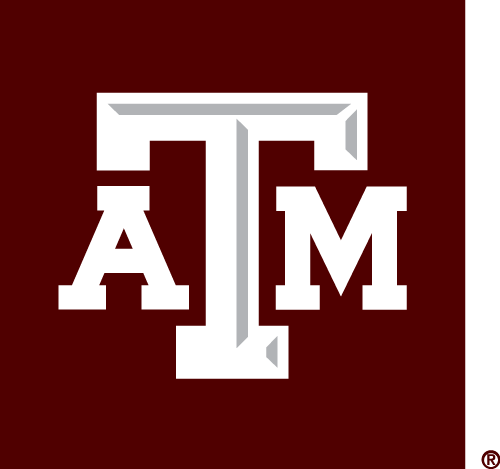IODP XRF Core Scanning Facility
The XRF Core Scanner Lab at IODP is part of the Gulf Coast Repository (GCR), located on the campus of Texas A&M University. The lab has been in operation since late 2008, when the first core scanner arrived.The XRF Core Scanner Lab at IODP is part of the Gulf Coast Repository (GCR), located on the campus of Texas A&M University. The lab has been in operation since late 2008, when the first core scanner arrived.
Currently, the lab houses two Avaatech XRF Core Scanners. The scanners can accommodate split section halves, discrete samples (loaded into holders), rock slabs, and many other forms of material if the instruments are configured properly. The only requirements for good sample analyses are: (1) the material surface must be relatively flat, (2) the material must be able to fit inside the machine (there are height, width, and length limits), and (3) the material must be able to be held firmly in place during the analyses. If you wish to analyze materials other than standard core section-halves, please contact us to determine whether we can configure the instrument accordingly.
In addition to the two core scanners, the lab houses a section-half image logger (SHIL) for collecting high-resolution, section-length images and RGB profiles.
The XRF Core Scanners are each capable of generating up to 50 kVp of accelerating voltage and up to 2 mA of current. In theory, we can measure any element that has an absorption edge (K or L shell) less than 50 keV. In practice, we can’t measure elements lighter than Mg (Z=12) due to strong material absorption, and we can only measure elements heavier than Ce (Z=58) if they are present in very high concentrations (so we can observe L-lines).
Many other elements are difficult to detect due to strong peak interference. Chlorine, for example, is difficult to measure using our instruments because the Cl K-peak significantly overlaps with the Rh L-peaks. Other elements are difficult to measure due to overlaps with characteristic peaks of more abundant elements and overlaps with spectral artifacts. If you’re interested in measuring specific elements, please talk to the Lab Manager.
